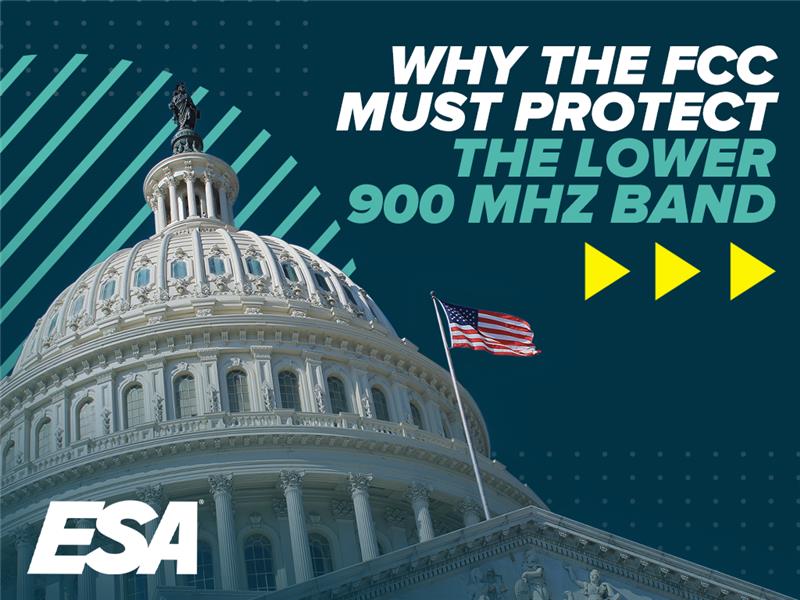On April 9, 2019 the US Department of Labor (DOL) published a notice of proposed rulemaking (NPRM) to update and clarify the interpretation of “joint employer status” under the Fair Labor Standards Act (FLSA), which has not had significant revisions for over 60 years.
The need for clarity is more significant now than in years past because of conflicting federal court decisions on what constitutes “joint employer” status.
But first, we will review what joint employers are.
Background
When joint employment relationships exist between two or more employers, the conditions of work, benefits, wages and all other employment matters are jointly shared.
The actions of one employer also create a joint liability for the other employer. This is where the definition on what constitutes a joint employer relationship becomes very important.
In your business, if you hire a subcontractor who employs technicians to do installs, service or maintenance and that subcontractor is sued for violating any federal law, i.e. wage and hour regulations, violation of independent contractor rules, etc., your potential status as a joint employer could make your business “jointly liable” for the actions of the subcontractor.
Since 1958 the DOL regulations loosely defined “joint employers” as two or more employers that “share or codetermine those matters governing the essential terms and conditions of employment.”
This interpretation narrowly defined the circumstances under which an employer was deemed to be jointly liable for the workers of a subcontractor. However, this changed over the last few years as the courts and the National Labor Relations Board (NLRB) broadened the definition to include direct and indirect control over employees, to varying degrees.
Court cases have conflicted with one another on different aspects of the rule.
At the end of the day, there is confusion on what constitutes a joint employer relationship and depending on the location, a national company with subcontractors performing the same duties in different states could face different employment relationships because they are forced to abide by differing circuit court decisions.
The Current Proposal
The current NPRM proposes to simplify and clarify what constitutes a joint employer relationship. To this end, the DOL would replace the confusion with a four-part balancing test that would be used to define a joint employer relationship. Under this test a joint employer is one who:
· Hires or fires the employee;
· Supervises and controls the employee’s work schedules or conditions of employment;
· Determines the employee’s rate and method of payment; and,
· Maintains the employee’s employment records.
The NPRM takes several other factors into consideration and does not propose to look at this four-part test in a vacuum, but it does provide more clear guidance for companies that have struggled with varying interpretations from the NLRB and courts.
To this end, the proposed regulations will provide some relief and clarity where none currently exists. You may find the entire NPRM located here.
The DOL is accepting public comments until June 10, 2019.




